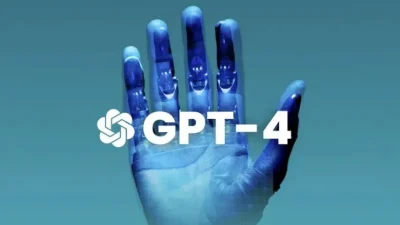GPT-4 is a powerful AI model that has become an integral part of working with text and data in the modern world. It offers unique opportunities to solve tasks in various areas, from business to creativity. However, to use GPT-4 effectively, it’s crucial to understand how the model works, avoid common mistakes, and learn the main methods of its application. This article explores the key aspects of working with GPT-4 to help you unlock its full potential.
GPT-4 Basics: What You Need to Know for Successful Work
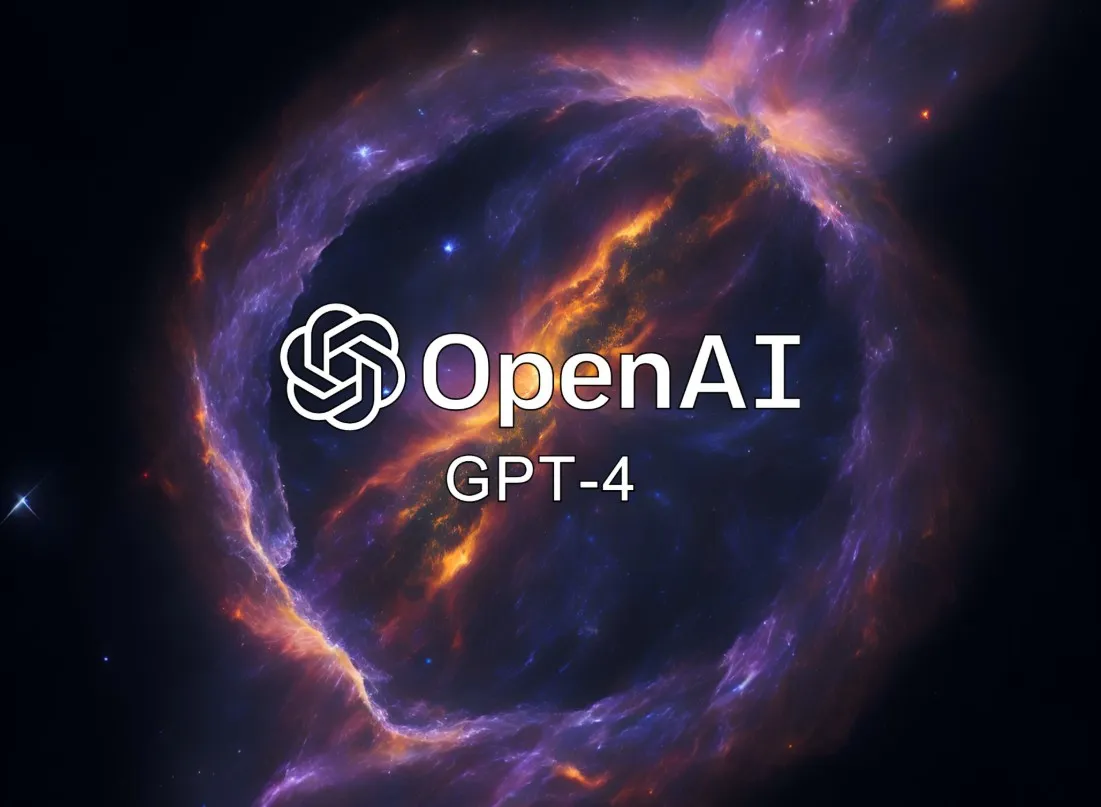
GPT-4 is an artificial intelligence model capable of analyzing queries, considering context, and generating answers that are as close as possible to human comprehension. Its uniqueness lies in its ability to adapt to various tasks, creating texts for specific goals. The model has been trained on massive amounts of data, enabling it to offer solutions in virtually any field.
Key characteristics of GPT-4:
- It understands natural language queries, making it accessible to users without technical knowledge.
- GPT-4 can maintain dialogue by retaining the context of several messages.
- The model is suitable for creating complex texts, such as essays, reports, and marketing materials.
Understanding the key capabilities and limitations of GPT-4 is essential for effective use.
Advantages of GPT-4 Over Other Tools
GPT-4 significantly surpasses its counterparts thanks to its improved architecture and enhanced response accuracy. It can handle tasks that previously required human involvement.
| Feature | Description |
|---|---|
| Content generation | Produces articles, scripts, and marketing texts tailored to specific requests. |
| Data processing | Assists in analyzing and summarizing information. |
| Creative support | Inspires ideas for projects and creative solutions. |
| Interactive dialogue | Understands context and adapts to the user’s style. |
These advantages make GPT-4 a versatile tool that can be applied to a wide range of scenarios.
How to Work Effectively with GPT-4: Key Principles
To use GPT-4 successfully, it’s vital to know how to phrase queries and interpret the answers. The model relies on text analysis, so the quality of the answer depends on the quality of the input question.
Query Formulation: Main Rules
When working with GPT-4, clear phrasing of queries is crucial. For example, instead of writing, “Write about business,” specify the task: “Create an article on how small businesses can use GPT-4 for automation.”
These simple changes make the query more understandable to the model, improving accuracy and relevance.
Using Context in Work
One of GPT-4’s key features is its ability to retain dialogue context. This allows it to handle complex tasks requiring sequential interaction. For example, if you are discussing creating an advertising campaign, the model can remember details mentioned in previous messages and suggest new ideas based on this information.
To utilize this function effectively, maintain consistency in phrasing questions and responses. The more specific the query, the better the result.
Examples of Using GPT-4: Practical Cases
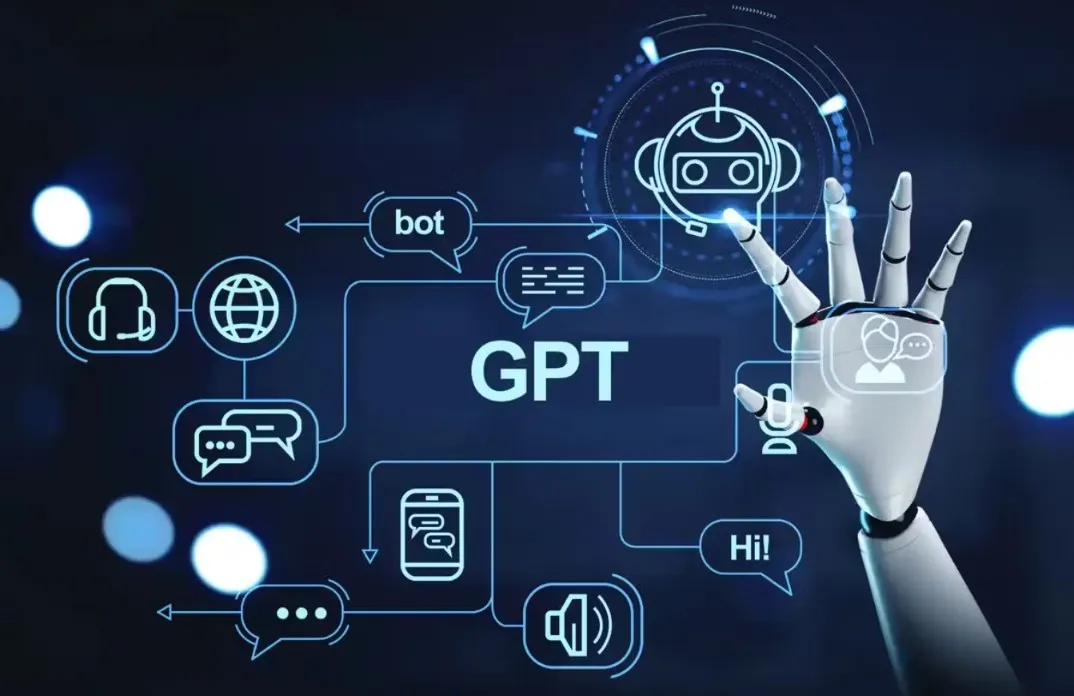
GPT-4 is a highly versatile tool suitable for solving a wide range of tasks. Let’s explore how the model is applied in everyday life, business, creativity, and education.
Using GPT-4 in Daily Life
The model can become a reliable assistant for everyday tasks. For instance, GPT-4 can help plan meals, organize trips, or create weekly schedules. Its ability to analyze queries allows it to quickly generate practical recommendations.
Example:
You want to create a healthy weekly meal plan. Query:
“Create a balanced meal plan for 7 days, including three meals and two snacks daily.”
GPT-4 will provide a detailed menu and even suggest recipes based on your preferences.
GPT-4 in Business
For entrepreneurs, GPT-4 is an invaluable tool. It can:
- Generate text for commercial proposals.
- Create content for social media and marketing campaigns.
- Analyze customer feedback to improve services.
Example:
A company wants to automate responses to customer inquiries. GPT-4 can be integrated into a support system to provide quick and accurate answers, reducing the workload on human operators.
Supporting Creativity with GPT-4
Creative professions have particularly benefited from GPT-4. The model aids in writing poetry, scripts, generating startup ideas, and even developing game plots.
Example:
You want to brainstorm a book concept. Query:
“Suggest a plot for an adventure novel with elements of science fiction.”
GPT-4 will generate a story outline, including characters, settings, and conflicts.
GPT-4 in Education
Students and educators leverage GPT-4 for various tasks. Students can use it to write essays, create summaries, and prepare for exams, while teachers can design educational materials.
Example:
A teacher wants to prepare a test. Query:
“Create a history test for high school students on the topic of World War I.”
GPT-4 will provide questions of varying complexity along with multiple-choice options.
Common Mistakes and Their Solutions
Despite its capabilities, GPT-4 requires a thoughtful approach. Mistakes in working with the model can lead to inaccurate answers or unsatisfactory results.
Mistake 1: Vague Query Formulation
If a query is too general, GPT-4 may produce a vague or irrelevant response.
Example:
- Poor Query: “Tell me about nature.”
- Improved Query: “Describe the world’s climate zones and their main characteristics.”
The more specific the query, the better the result.
Mistake 2: Expecting Knowledge Beyond the Model’s Training
GPT-4 doesn’t have information about events that occurred after its training date. For instance, it won’t know about the latest technologies introduced in 2025 if its training data ends in 2024.
Solution:
For up-to-date information, supplement GPT-4 with reliable external sources.
Mistake 3: Misusing Context
If you ask a question without clarifying previous details, GPT-4 may lose track of the topic.
Example:
- Disconnected Sequence:
- “Tell me about rovers.”
- “And their main functions?”
GPT-4 may not understand that the second query refers to rovers.
- Improved Sequence:
- “Describe rovers and their main functions.”
Mistake 4: Overloading Queries
Overly long or complex queries make it harder for GPT-4 to process the information.
Solution:
Break down complex tasks into smaller steps. For instance:
- “Explain the basic principles of marketing.”
- “Describe how these principles are applied in online advertising.”
Technical Aspects of Using GPT-4
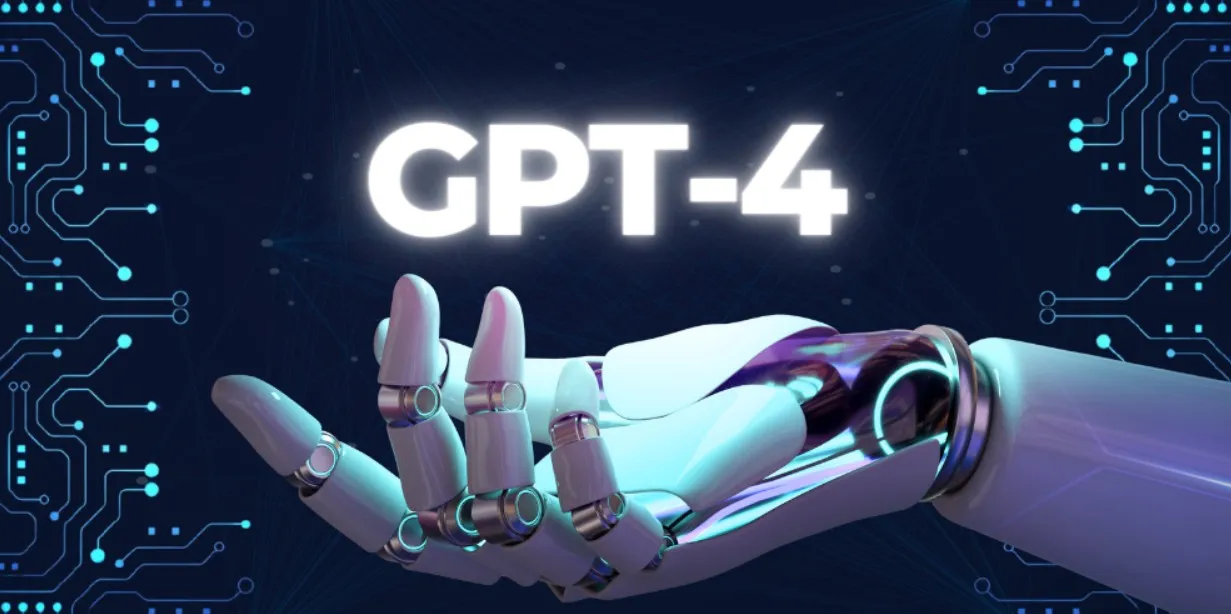
Understanding the technical nuances of GPT-4 is key to maximizing its potential. Whether you’re using it for personal projects or integrating it into business operations, knowing how to set it up and troubleshoot common issues will make your experience smoother.
How to Get Started with GPT-4
Starting with GPT-4 involves choosing a platform that provides access to the model. These include OpenAI’s web interface, mobile apps, or API for developers.
Steps to Get Started:
- Create an account: Register on a platform that offers GPT-4 access.
- Select a plan: Decide between free or paid options based on your needs.
- Familiarize yourself with the interface: Learn how to input queries and interpret responses.
This straightforward process ensures that you can quickly begin exploring GPT-4’s capabilities.
Platforms Supporting GPT-4
GPT-4 is available on various platforms, each tailored to specific use cases. Below is a comparison of the main platforms and their features:
| Platform | Capabilities | Example Use Cases |
|---|---|---|
| Web Interface | Simple and accessible; suitable for general inquiries and small projects. | Writing articles, checking grammar, or learning new concepts. |
| Mobile Applications | Convenient for on-the-go tasks; may have limited functionality compared to desktop versions. | Creating to-do lists, answering quick questions, or brainstorming. |
| API for Developers | Advanced customization for integrating GPT-4 into apps and systems. | Building chatbots, automating customer support, or analyzing data. |
Choosing the right platform depends on your goals, whether it’s casual use or more complex integration.
Setting Up GPT-4 via API
Using GPT-4 through an API provides greater flexibility for developers who want to embed the model into their own applications. Here’s how to do it:
- Obtain an API Key: This is your unique access credential.
- Configure Request Parameters: Specify token limits, response style, and other settings.
- Test Your Application: Run sample queries to ensure the integration works as expected.
Example API Query:
Request: “Generate a marketing email for a new product launch.”
Settings: 200 tokens, formal tone, professional style.
This level of customization makes the API ideal for advanced projects requiring tailored responses.
Avoiding Technical Issues
Even with its advanced capabilities, GPT-4 users may encounter technical problems. Below is a guide to common issues and their solutions:
| Problem | Cause | Solution |
|---|---|---|
| Slow Response Time | High server load or slow internet connection. | Use the service during off-peak hours and ensure stable internet connectivity. |
| Irrelevant or Vague Answers | Poorly phrased queries. | Refine your query with clear details and specific instructions. |
| API Integration Errors | Misconfigured parameters or missing API keys. | Double-check API settings and consult the platform’s documentation. |
| Response Length Limitations | Exceeding the maximum token count. | Split complex tasks into smaller, more manageable queries. |
Ethical Use of GPT-4
GPT-4’s advanced capabilities come with ethical responsibilities. Misuse of the model can lead to unintended consequences, from spreading misinformation to privacy breaches. Here’s how to use GPT-4 responsibly.
Data Protection and Privacy
When interacting with GPT-4, remember that queries are processed on external servers. This means that any sensitive data you input could potentially be exposed.
Best Practices for Data Security:
- Avoid entering confidential information, such as passwords or personal identification.
- Use platforms with strong encryption protocols to ensure data safety.
- For sensitive projects, consider deploying GPT-4 on private, secure servers.
Responsible Application
GPT-4 can generate text that appears highly credible, making it essential to avoid using it for unethical purposes.
What to Avoid:
- Spreading false information or creating fake news.
- Using the model for manipulation or deceptive practices.
- Generating harmful or offensive content.
Positive Use Cases:
- Crafting educational materials.
- Automating repetitive tasks in customer service.
- Supporting creative processes in writing and design.
Societal Impact of GPT-4
AI models like GPT-4 are reshaping industries, but their influence is both positive and challenging.
| Positive Impact | Challenges |
|---|---|
| Streamlining work and automating repetitive tasks. | Risk of job displacement in content-heavy professions. |
| Providing access to knowledge and educational tools. | Increasing the digital divide due to unequal access. |
| Accelerating creativity and scientific innovation. | Potential for misuse in spreading misinformation. |
Understanding these dynamics is crucial for leveraging GPT-4 effectively while minimizing risks.
Staying Updated with GPT-4
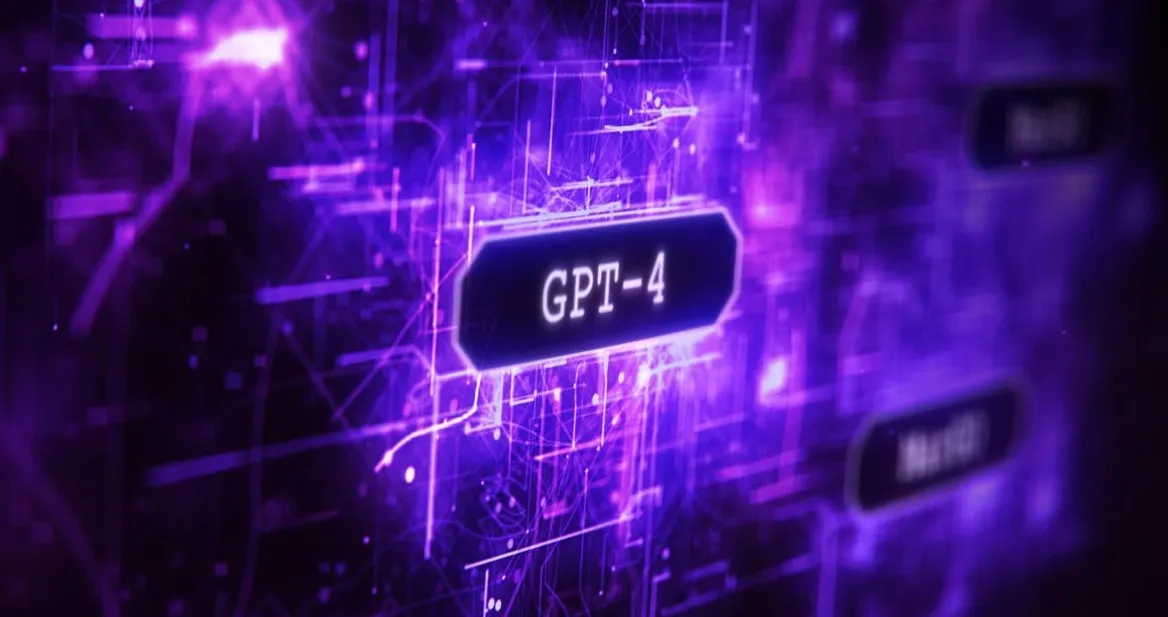
As GPT-4 evolves, staying informed about its updates and new features is essential for maximizing its potential. Let’s explore what’s next for GPT-4 and the trends shaping its future.
Updates and the Future of GPT-4
GPT-4 has already transformed how we approach tasks like text generation, data analysis, and creative projects. However, the future promises even more advancements, both in GPT-4 itself and in the broader landscape of artificial intelligence. Let’s explore the current updates, trends, and what the next versions of GPT might bring.
Recent Updates in GPT-4
Since its release, GPT-4 has undergone significant enhancements aimed at improving its performance and usability:
- Extended Context Processing
GPT-4 can now handle more tokens in a single request, allowing users to work with longer texts, maintain extensive dialogues, or analyze large datasets seamlessly. - Improved Multilingual Support
The model’s ability to process and generate text in multiple languages has been upgraded, making it more accessible to a global audience. - Faster Response Times
Optimizations in the underlying algorithms have reduced processing delays, improving the user experience for both casual users and developers. - Enhanced Accuracy
With better training techniques, GPT-4 now produces more factually correct responses, minimizing common errors in earlier iterations.
What’s Next for GPT-4 and Beyond?
Artificial intelligence evolves rapidly, and GPT-4 is part of an ongoing effort to push the boundaries of what’s possible with AI. Here are the key trends and developments expected in future versions:
| Planned Feature | Description |
|---|---|
| GPT-5 and Advanced Context Understanding | The next iteration is expected to process even larger contexts with improved coherence in dialogues. |
| Support for Multimodal Inputs | Future versions may integrate text with images, audio, and video, enabling broader applications. |
| Increased Customization | Users might gain more control over the model’s behavior and tone through advanced settings. |
| AI Ethics and Transparency | New features may include safeguards to ensure ethical use and transparency in generated outputs. |
How GPT-4 Compares to Other AI Models
While GPT-4 is one of the most powerful language models available, it’s not the only option. Here’s a comparison with other leading AI tools:
| AI Model | Strengths | Limitations |
|---|---|---|
| GPT-4 | High accuracy, strong context retention, versatile applications. | Requires clear instructions for complex tasks; subscription costs. |
| Google Bard | Seamless integration with Google services, good for quick research. | Limited creative capabilities compared to GPT-4. |
| Claude AI | Fast and straightforward for everyday queries. | Handles smaller contexts; less flexible for niche applications. |
| DeepMind Gemini | Known for scientific research capabilities. | Limited availability for non-research purposes. |
Each model has its niche, but GPT-4 remains a top choice for creative projects, complex queries, and business applications.
Staying Ahead: The Importance of Updates
Keeping up with updates to GPT-4 ensures you’re always using the latest features. Subscribing to newsletters from platforms like OpenAI or following industry news can help you stay informed about new capabilities and best practices.
Conclusion
GPT-4 is not just a tool—it’s a gateway to innovation and efficiency. Its ability to adapt to a wide range of tasks makes it indispensable for professionals, educators, and creatives. However, its true potential lies in understanding how to use it effectively, avoiding common pitfalls, and leveraging updates to stay ahead.
As AI continues to evolve, so will its applications. By embracing GPT-4’s capabilities today and preparing for the advancements of tomorrow, you can ensure that this technology becomes a cornerstone of your productivity and creativity.
Other interesting articles:
What’s New in GPT-4: Latest Trends and Forecasts
Optimizing GPT-4 Performance on Low-End Devices
GPT-4 in Business: Automating Tasks and Enhancing Customer Service

